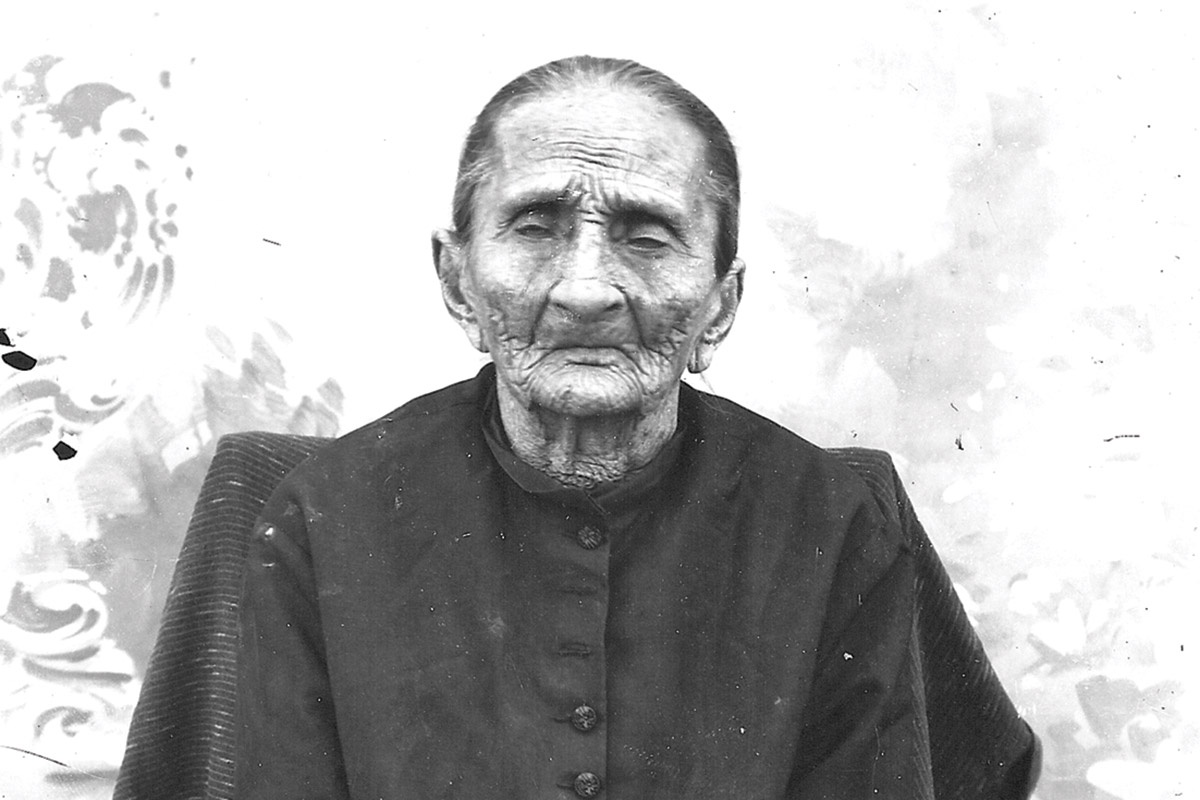As much as we Texans have remembered the Alamo over the past 183 years, you’d think we’d have all the facts nailed down.
We don’t. Historians are still uncertain about whether famed Tennessean David Crockett died during the battle or was executed afterward.
And while we know that a handful of noncombatants survived the battle, one often-told story of survival remains unconfirmed. In the 1880s and 1890s, the venerable Madam Candelaria recounted her dramatic story of attending to the deathly ill Jim Bowie as Mexican soldados besieged the mission-turned-fort.
In the late 1800s, a steady stream of tourists and reporters visited her San Antonio home to witness her passionate retelling. New York newspapers reported her account. Atlanta promoters sought to book her for the 1895 Cotton States and International Exposition. Souvenir photographs of her dignified countenance abound.
Legend holds that in 1836, while managing a San Antonio hotel frequented by Texians, Madam Candelaria received a letter from Sam Houston asking her to nurse a typhoid-stricken Bowie. In one of her accounts, she was gathering medicinal herbs at 4 a.m. when she spied Santa Anna’s approaching army and hurried to the Alamo to sound the alarm.
Probably born in 1803 as María Andrea Castañon near present-day Piedras Negras, Mexico, Madam Candelaria obtained her sobriquet from the first name of her second husband, Candelario Villanueva. A well-known San Antonio figure before her celebrity as an Alamo survivor, she oper-ated a fandango parlor in the mid-1800s.
Memoirist Vinton Lee James described the parlor as a place “where the beaux and belles of San Antonio romped, played, and danced to the sweet strains of the orchestra and dined on the delicious dishes prepared by Señora Candelaria’s own hand.” In 1883, the San Antonio Light noted that she “keeps a stand on Military Plaza” and “would like all her old friends to give her a call.”
Though Texans were divided about Candelaria’s story of surviving the Alamo battle, the claim won her an annual state pension of $150 in 1891. Historians remain uncertain. Former Alamo curator- historian Bruce Winders says he finds her account unlikely.
The most recently published version of the Handbook of Texas stated that most historians believed her story. An abridged account in the online Handbook presents a nuanced version by three authors.
One of the three, Maria Gomez, Candelaria’s great-great-granddaughter, provided historical documents in 2011 for Paula Allen’s San Antonio Express-News history column. Among them, an 1899 Bowie genealogical text states, “A Mexican woman known as an experienced nurse was brought into the building to attend [to Bowie] before it had been surrounded.”
“My mother’s sisters very often translated for Madam Candelaria,” Gomez said. “They told us that she always wore a long, black apron with two pockets into which she would put money that was given to her by interested tourists.”
Whether her story was true or not, her artistry inspired James to dub her “the most outstanding female character in San Antonio history.”
She often spoke of Crockett before her death in 1899, recalling “lots of singing, storytelling, and some drinking” at her hotel after his arrival. “Crockett played the fiddle, and he played it well, if I am a judge of music….He was one of the strangest men I ever saw.”
Author Gene Fowler specializes in Texas travel and history.


